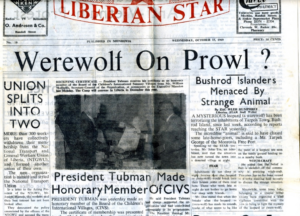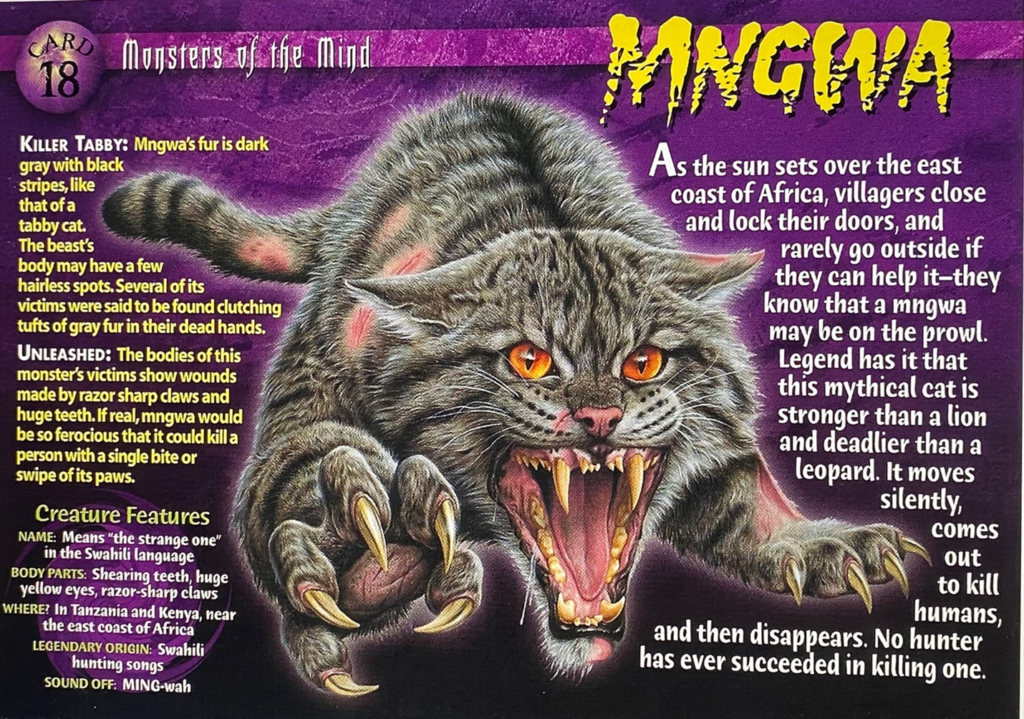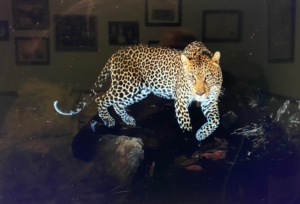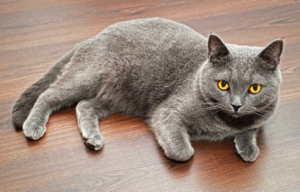
Media screen troubleshooter: color changes with media screen breakpoints. Disable in global CSS.

Throughout the Endosym series we see the cat—both wild and domestic—as a protector. What’s with that?
The historical significance of cats in the ancient world varied greatly across different cultures. In Egypt, they were revered as divine protectors; in Mesopotamia, they were practical companions; in Persia, they symbolized nobility and grace. Greeks and Romans valued their utility but also appreciated their independence, while in China and Japan, they took on roles as guardians.

Years ago, on a combat patrol in South East Asia, I came across this ancient temple in the jungle. You can see the image of a cat carved in the stone.
In Mexico and Central America, the Aztecs and Incas both looked at the Jaguar as a protector linked to the spiritual world.
In native American cultures the cat is seen as a spirit creature.
Celtic societies of both England, Scotland and Ireland believe that a large gray cat can capture the spirits of the dead.
Then of course, we have the witch with her cat.
In West Africa the Leopard is oftentimes considered both an evil creature and also a protector. In Liberia for many years there was a secret Leopard Society. It was believed that men dressed up as leopards to secure vengeance against their enemies.

Even in 1969, Liberians believed that men could become leopards and kill people. The above article in Monrovia’s newspaper talks about a Leopard “Werewolf” stalking Bushrod Island.

In East Africa there’s a mysterious cat called a Mngwa. It is thought to be larger than a lion. This gray cat has never been seen, yet it’s believed to exist and that it hunts and kills people. The villagers believe it’s a demon.
 One night when driving between two villages, I encountered a leopard standing by the edge of the road. As my headlights fell upon the leopard, I hit the brakes and it just stood there for a moment frozen in my lights. Seeing that leopard made it easy for me to believe that is was more than just a cat.
One night when driving between two villages, I encountered a leopard standing by the edge of the road. As my headlights fell upon the leopard, I hit the brakes and it just stood there for a moment frozen in my lights. Seeing that leopard made it easy for me to believe that is was more than just a cat.
So, in writing my first book it was pretty easy for me to make a leopard the protector.
In my second book, I added a new cat—Mr.P. He was a gray tomcat who belonged to an old lady who was a witch. We find that Mr. P may have some unusual capabilities to protect a person from evil.
 Mr. P is actually the name of a cat we owned years ago. He originally belonged to our neighbors. I don’t know exactly why, but the kids named him Mr. P. He was a big old gray tomcat and every once in a while, he’d come and visit my wife when she had a coffee on the front porch.
Mr. P is actually the name of a cat we owned years ago. He originally belonged to our neighbors. I don’t know exactly why, but the kids named him Mr. P. He was a big old gray tomcat and every once in a while, he’d come and visit my wife when she had a coffee on the front porch.
One morning she heard him crying, and found him lying along the edge of the driveway. He’d been hit by a car and was in pretty bad shape. She rushed him to the vet and then called our neighbor, who said they couldn’t afford to care for him. My wife said, “I’ll pay for him”, which she did. She then proceeded to nurse Mr. P back to health.
Our neighbors ended up giving Mr. P to us. To our delight he survived pretty well intact, except for a slight limp. Mr. P lived another 12 years, eventually dying contently in our home.
In Book 3 we don’t see Mr. P, but the leopard returns. Then we kind of forget about Mr. P until Book 4, which is seventeen years later, when Mr. P shows up again.
In Book 4 we find that Mr. P is more than just a cat. He’s capable of morphing into something far more significant. If that seems far-fetched, remember that cats have long been revered as sacred beings across cultures, embodying a range of spiritual qualities and serving as symbols of protection, fertility, and wisdom.
Indeed, the presence of cats in mythology, rituals, and modern spirituality underscores their enduring connection with humans.